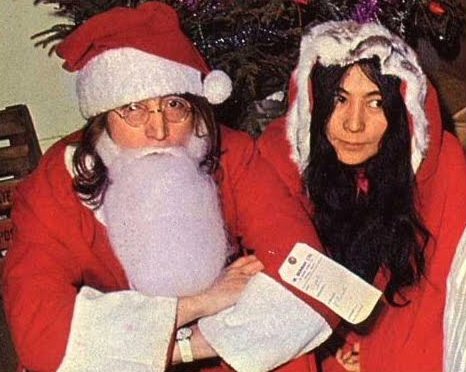“I guess I wrote it because there was a part of myself that I was looking for. Maybe now that I feel more comfortable with the way that I live my life and my mental state (laughs) and my spiritual state whatever, maybe I feel there’s some kind of unity now. That song for me always exemplified kind of how you feel when you’re young, when you know that there’s a piece of yourself that you haven’t really put together yet. You have this great searching, this great need to find out who you really are.”
David Bowie
BBC Radio 1 special programme ChangesNowBowie, broadcast on 8 January 1997
 David Bowie poses in front of US flag for a portrait by Michael Ochs, 1976
David Bowie poses in front of US flag for a portrait by Michael Ochs, 1976
In his journals, Kurt Cobain of the American grunge band Nirvana ranked the album The Man Who Sold the World at number 45 in his top 50 favourite albums. A live rendition of the song was recorded by the band in 1993 during their MTV Unplugged appearance, and it was released on their MTV Unplugged in New York album the following year. The song was also released as a promotional single for the album, and received considerable airplay on alternative rock radio stations. It was also thrown into heavy rotation on music video stations such as MTV. Nirvana regularly covered the song during live sets after their memorable acoustic performance up until lead singer Cobain’s death in 1994. In 2002 the song was re-released on Nirvana’s “best of” compilation album Nirvana.
Bowie said of Nirvana’s cover: “I was simply blown away when I found that Kurt Cobain liked my work, and have always wanted to talk to him about his reasons for covering The Man Who Sold the World” and that “it was a good straight forward rendition and sounded somehow very honest. It would have been nice to have worked with him, but just talking with him would have been real cool”. Bowie called Nirvana’s cover “heartfelt,” noting that “until this [cover], it hadn’t occurred to me that I was part of America’s musical landscape. I always felt my weight in Europe, but not [in the US].” In the wake of its release, Bowie bemoaned the fact that when he performed the number himself he would encounter “kids that come up afterwards and say, ‘It’s cool you’re doing a Nirvana song.’ And I think, ‘Fuck you, you little tosser!'”
The song’s title is similar to that of Robert A. Heinlein‘s 1949 science fiction novella The Man Who Sold the Moon, with which Bowie was familiar. However, the song has no similarities to the story in the book. In common with a number of tracks on the album, the song’s themes have been compared to the horror-fantasy works of H. P. Lovecraft. The persona in the song has an encounter with a kind of doppelgänger, as suggested in the second chorus where “I never lost control” is replaced with “We never lost control”. Beyond this, the episode is unexplained: as James E. Perone wrote:
Bowie encounters the title character, but it is not clear just what the phrase means, or exactly who this man is. … The main thing that the song does is to paint – however elusively – the title character as another example of the societal outcasts who populate the album.
To watch Nirvana’s performance, please take a gander at The Genealogy of Style‘s Facebook page: https://www.facebook.com/pages/The-Genealogy-of-Style/597542157001228?ref=hl






















